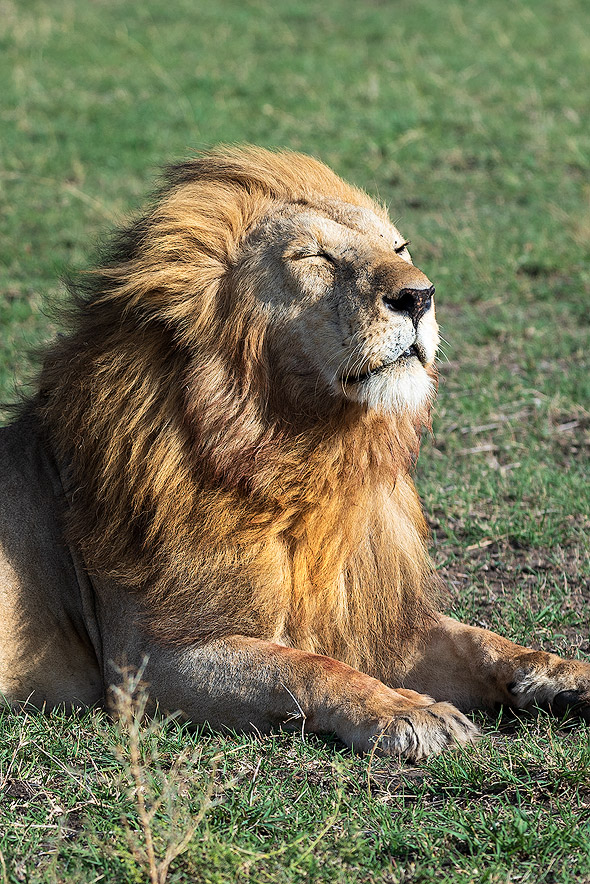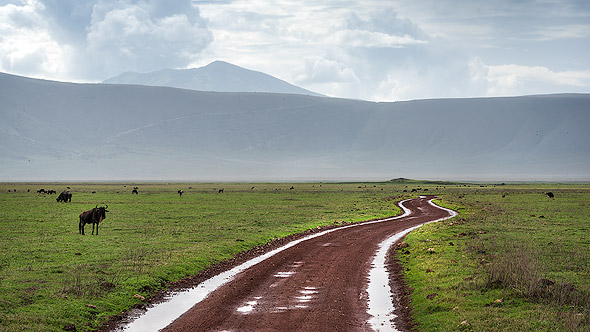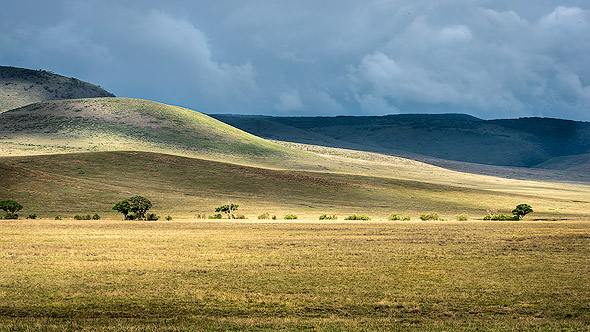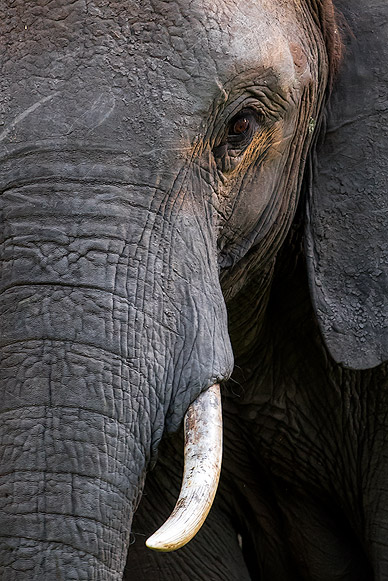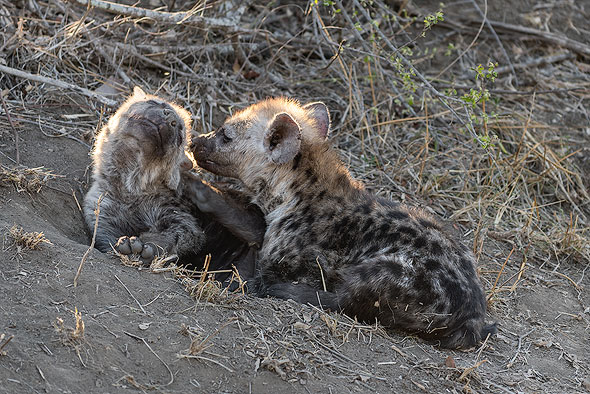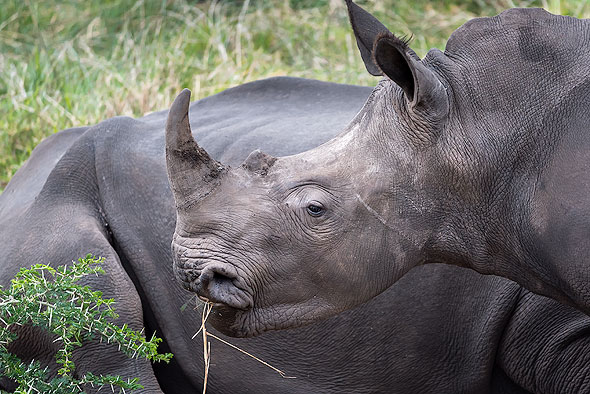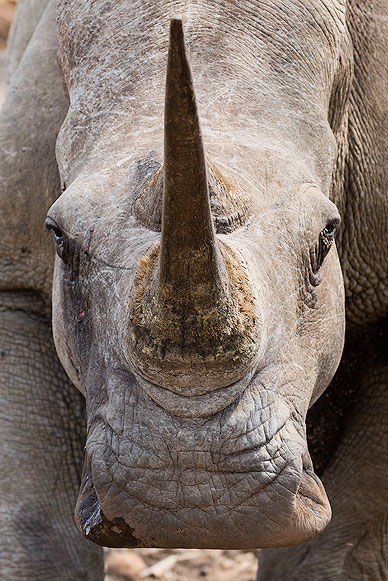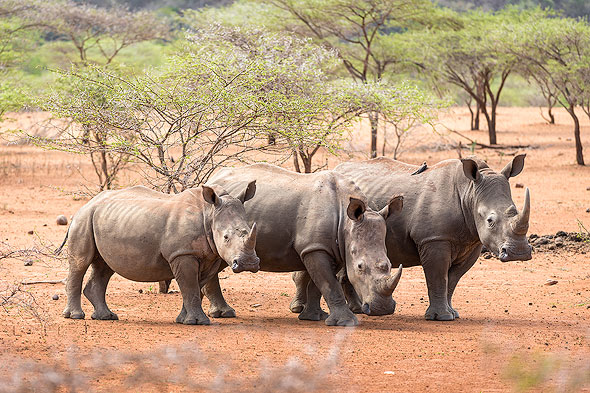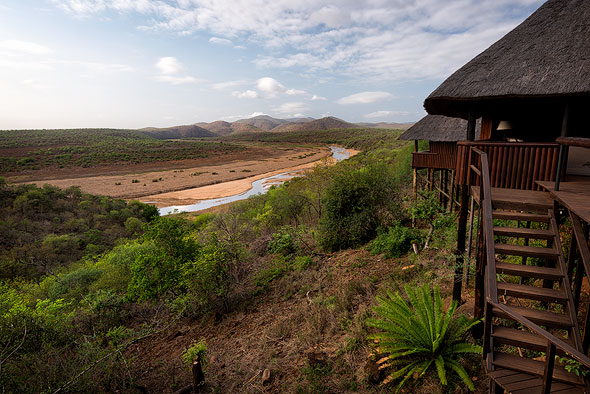Wildlife
During my journey through East and South Africa, wildlife photography captured me. It is an indescribable experience to admire the animals in their natural environment.
THE BIG FIVE
The Big 5 refers to five large mammals found in Africa which are the lion, leopard, elephant, (black) rhino and cape buffalo. So why not a hippo, or a giraffe, they are quite big aren’t they? The hippo certainly is. The reason for the Big 5 name is that these five animals were the hardest to shoot by big-game hunters as they are particularly ferocious when cornered and injured. Tour operators and guides have picked up the phrase and used it as a marketing term and it very cleverly it has stuck.
THE UGLY FIVE
I think is the real shame that the Ugly 5 have been given this grouping, not something to be really proud of. However they are the underdogs on the African plains and they have just as an important role as any of the other African animals. The members of this most exclusive of clubs are the hyena, wildebeest, vulture, warthog and the marabou stork. There are often numerous documentaries about the antics, the migration and the unusual habits of these species so these animals are certainly worth a tick in the book. They add to your African experience and wonderful to see! How can you call a lovely cute hyena ugly?
National Parks &
Game Reserves in Africa
Africa is home to the most spectacular wildlife viewing on the planet. It's a place that humbles even the most jaded of travelers, where the cycle of life plays out right before your eyes in some of nature's most magnificent theaters. From Kenya and Tanzania, to Namibia, South Africa, and Botswana, a safari in Africa's top game parks is an unforgettable experience that will forever stir your soul.
Kenya
The Kenyans practically invented safaris and the country has become a magnet for wildlife lovers from all over the world. True, this means some areas are clogged with minibuses and harassed animals. But step off the conventional route and you’ll discover the real Kenya: one of Africa’s most diverse, creative and welcoming countries. Don't miss it at your peril.
See also my Story «On Safari in Kenya».
Masai Mara National Reserve
The Masai Mara is still one of the best game experiences you could hope to have. Aside from the undeniably spectacular prospect of seeing tens of thousands of wildebeest brave the crocodiles as they cross the Mara River en masse, the Mara has a huge variety of general wildlife and among the best chances to get great views of lion, cheetah and even leopard.
Amboseli National Park
Mount Kilimanjaro, Africa’s highest mountain, presides over this diverse park, which is famous for its large herds of elephants. This is Kenya’s second most popular national park after Masai Mara National Reserve. Elephants bathing in red dust against the dramatic backdrop of Mount Kilimanjaro is one of the iconic images photographers might capture during the dry season at this famous park. Visitors here also have the chance to visit a Maasai village near the park and learn about this fascinating tribe, who live around the park’s borders.
Lake Naivasha
Distances in Kenya are large and the roads for the many vehicles rather narrow. The fastest way from the Amboseli National Park to the Masai Mara is via the Nairobi bypass road. This trip takes many hours, so an additional stop should be scheduled. A stay at Lake Naivasha is worthwhile not only because of the long drive, but also because of the hippos, sea eagles and fishermen. A boat trip is a nice change to the dusty Game Drives in Amboseli National Park.
Tanzania
Tanzania has it all: incredible wildlife, awe-inspiring views and raw natural wonders such as the majestic Mount Kilimanjaro, Africa’s highest peak and home to seven of the country’s finest National Parks including the Serengeti.
Serengeti National Park
There’s a good reason the Serengeti’s the best known safari destination in the world. Even if you exclude the Wildebeest Migration with its 1.5 million odd animals, the proliferation of animal life in this park defies belief, so if you’re looking for an epic wildlife safari there are few better places to start.
The migration is the headline act in the Serengeti and it’s well worth making this a focal point of your safari, however many people miss the other great aspect of the park, which is its extraordinary size and variety.
Ngorongoro Crater
Unique is a thoroughly overused word, but it really does apply to the Ngorongoro Crater. This is the largest unbroken caldera in the world - and it’s full of big wild animals. The difficulty here is remembering that what you’re looking at isn’t artificial. And this becomes harder when you realise the only thing to rival the animal population in Ngorongoro is the tourist population…and for this you must be prepared. On a bad day you’ll can find yourself persued by minibuses full of camera-toting tourists each time you stop.
Ruaha National Park
Still surprisingly little visited, Ruaha in Southern Tanzania is hard to beat for numbers of wild animals, but also variety. It’s also one of the best places for a walking safari. The park centres on the Great Ruaha River and seasonal tributaries that flow in to it (the Jongomero, the Mwayange, the Mdonya and the Mwagusi). These sand rivers are the focal point for prodigious numbers of animals coming to drink. From elephant digging in the soft sand to find fresh water, to herds of buffalo in the thousands. Sable and roan antelope are both found here, as are Greater and Lesser Kudu and numerous other plains game. Ruaha’s carnivores are also a major feature – very large prides of lion patrol the river lines throughout the dry season, while Ruaha’s topography makes it ideal country for leopard.
Give Ruaha time – don’t expect to land and see everything immediatley, but 3-5 days will reward visitors with an excellent experience of this park and its wildlife.
Zambia
If you like the idea of excellent wildlife, the chance to be on your feet as much as in a vehicle, and simple but superbly run bush camps, then give Zambia some serious consideration. This is the birth-place of proper multi-day walking safaris – still one of the more authentic ways to experience this remarkable country.
South Luangwa National Park
The fountainhead of the walking safari, the South Luangwa National Park remains amongst the best places to undertake one - either in combination with driving or as a multi-day expedition. Zambia’s most famous Park offers a lot more besides walking - the standard of guiding is usually excellent and the camps are small and intimate.
Botswana
A safari in Botswana is nothing if not varied. You could explore the lush, green landscapes of the Okavango Delta, Linyanti and Chobe River systems – verdant habitats teaming with major African animals. Or venture into the elemental, other-worldly expanse of the Makgadikgadi Pans and the Kalahari Desert, where the focus is on extraordinary desert adapted specialists.
Chobe
Hightlights im Chobe Nationalpark
At the other end of the tourist-number spectrum from The Central Kalahari Game Reserve is the Chobe Riverfront, where a combination of relative proximity plus ease of access from the Victoria Falls and an extremely healthy population of obliging elephants (as well as the chance of seeing more large charismatic mega-fauna) has created something of a day-tripper’s delight. Happily however it is still possible to find rewarding wildlife experiences within the Chobe National Park.
Okavango Delta
In 2014 this vast, varied, wildlife-abundant wetland became the 1000th World Heritage site - and the question was never why, but rather what took so long? An inland delta transforms the heart of the Kalahari in to a lush oasis offering sanctuary to a cornucopia of rare and endangered wildlife, including Wild Dogs, Black and White Rhinos, Cheetahs and the planet’s largest population of Elephants.
Makgadikagadi Pans
In sharp contrast to the watery-wilderness that is the Okavango are the Kalahari’s Salt Pans - a sparse environment where a handful of desert-adapted reptiles, birds and mammals somehow eke out a living. While game can occur in phenomonal numbers (there’s an annual Zebra and Wildebeest migration and tens of thousands of Flamingos occasionally alight) these are transient phenomona which are hard to predict - and the the focus here is not on wildlife but more the extraordinary remoteness, scale and solitude that can be found. Possibly more like another planet than anywhere else in Africa, the most extraodinary thing is that people have lived here for millenia, and it continues to be a home to the Kalahari Bushmen, an ancient culture who remain in harmony with their harsh natural enviroment.
Central Kalahari Game Reserve
This 50,000 square kilometer wilderness (that’s significantly larger than Switzerland) only opened its gates to visitors in the 1980s and still only receives smattering of permit-wielding adventurers. Possibly the ultimate Game Reserve, nothing prepares you for it’s enormity and wild, mysterious beauty. The feeling of space s palpable and immediate. As on the pans the game is transient but after the summer rains large herds of Springbok, Gemsbok, Wildebeest, Hartebeest, Eland and Giraffe gather in the best grazing areas.
Moremi Game Reserve
The Moremi Game Reserve protects a large tranche of the Delta from its watery heart to the parched exterior, by way of Chief’s Island and the ‘Mopane tongue. This variety plays host to an incredibly wide variety of relaxed mammals, in the centre the swamp-specialists Sitatunga and Lechwe find their niche while only a short-hop away lies some of the finest Cheetah viewing country to be found anywhere.
South Africa
Few places on earth can match South Africa for adventure. From swimming up rivers to abseiling down cliffs, the activities on offer are as vast and varied as the landscapes. You could embark on a road trip through stunning scenery, bask in the superb climate, explore world-class wilderness and sample award-winning wines.
Kruger National Park
South Africa’s Kruger National Park is one of the best known wildlife areas in the world. It’s home to an astonishing array of mammal and birdlife. All in all, Kruger is ideal if what you’re after is a safari fix in amongst some other highlights in South Africa. If however you’re looking for something more immersive you may be better served to look at the likes of Tanzania, Zambia or Botswana.
The main Kruger park is largely served by tarred roads and used by self drive visitors, however I focus my attention almost exclusively on the private reserves that surround this area – the likes of Sabi Sands, Timbavati, Manyeleti - where the experience is much more consistent with what I’d expect in the “proper” safari countries.
Sabi Sand Game Reserve (Kruger)
The Sabi Sand Game Reserve is defined by extraordinarily luxurious safari lodges, which are without a doubt among the best of their kind in Africa. The wildlife experience in these camps and lodges is quite different to the rest of the Kruger, with off-road driving, night drives, walking safaris widely available.
iSimangaliso Wetland Park
The iSimangaliso Wetland Park - previously known as the St Lucia Wetlands – lie on the east coast of South Africa north of Durban, stretching up in a narrow coastal belt to the border with Mozambique.
Isimangaliso covers more than 300,000 hectares of mostly low lying impenetrable swamp forest, interlaced with eight interconnected waterways. In ecological terms it’s remarkable and home not only to the majority of South Africa’s remaining swamp forests, but also bursting with birdlife (over 500 species) as well as hippo and crocs.
Pongola Game Reserve
Few exclusive yet affordable private getaways combine the scenic variety of bushveld, mountains, major water bodies and a range of leisure activities that make the best of all the natural features. This combination, an abundance of space and the results of a “light footprint” development philosophy are key ingredients of the special experience offered by Pongola Game Reserve in northern KwaZulu Natal.
Namibia
Namibia is one of the most photogenic countries in Africa – sensational colours abound, complemented by a sublime quality of light, clear blue skies and immense wild spaces. This is a country where you can drive for a full day without seeing another soul. Literally.
While there are plenty of opportunities to see wildlife here, from the desert adapted elephant of the Skeleton Coast, to the big cats of Etosha, this is only a small part of the reason to visit.
Etosha National Park
The Etosha National Park lies to the north of the country and covers a whopping 22,000km². The actual Pan, formerly an ancient lake, dominates the eastern side of the park at over 100km wide. Standing on the edge, this immense dry white crust dances with mirages in the heat and you can see the curvature of the earth.
The scarcity of water attracts elephant, rhino, lion, giraffe, gemsbok and a host of plains game to waterholes dotted around the park. A good strategy is to find a good waterhole and just sit and watch what happens. The interplay between the various species that often come to drink together or prey on other drinkers can result in unexpected action.
International Destinations
Borneo
The forests of Borneo and Sumatra are among the most biologically diverse habitats on Earth, possessing staggeringly high numbers of unique plants and animals.
Borneo and Sumatra are the only places on Earth where tigers, rhinos, orangutans, and elephants live together. The forests are home to marvelous creatures like the proboscis monkey, sun bear, clouded leopard, and flying fox bat, and endangered animals like the Sumatran tiger, Sumatran rhino, and pygmy elephant.

























